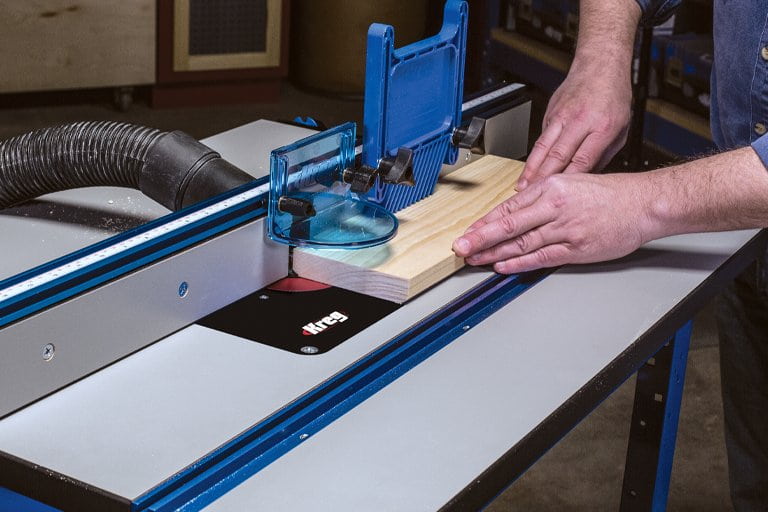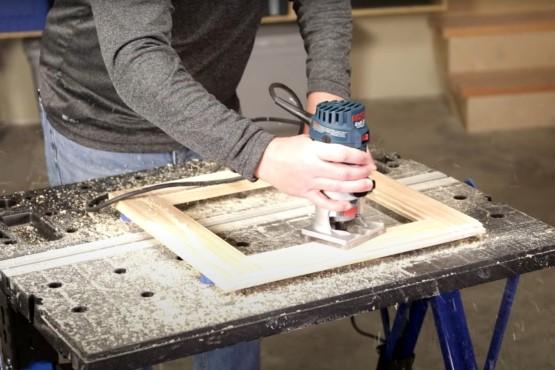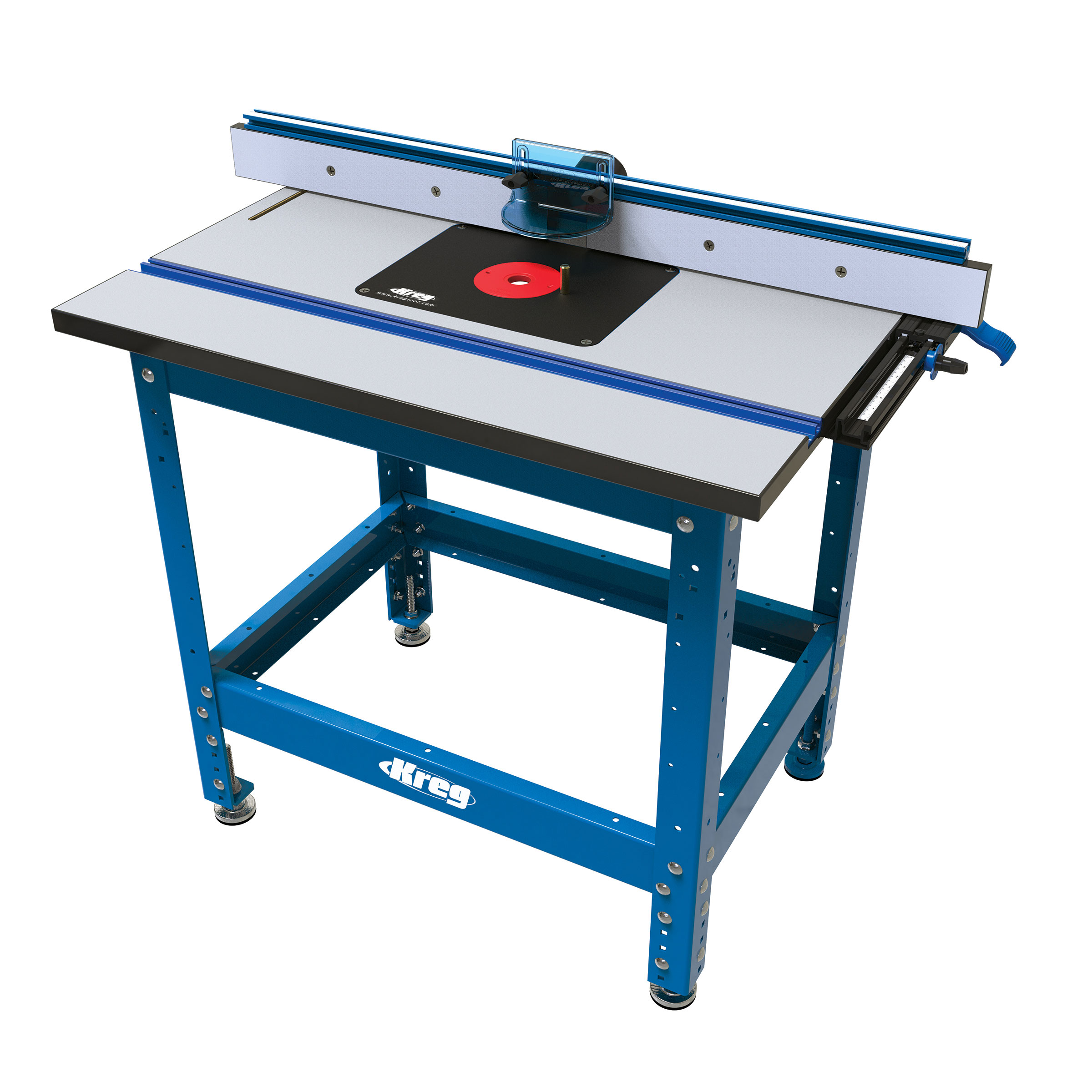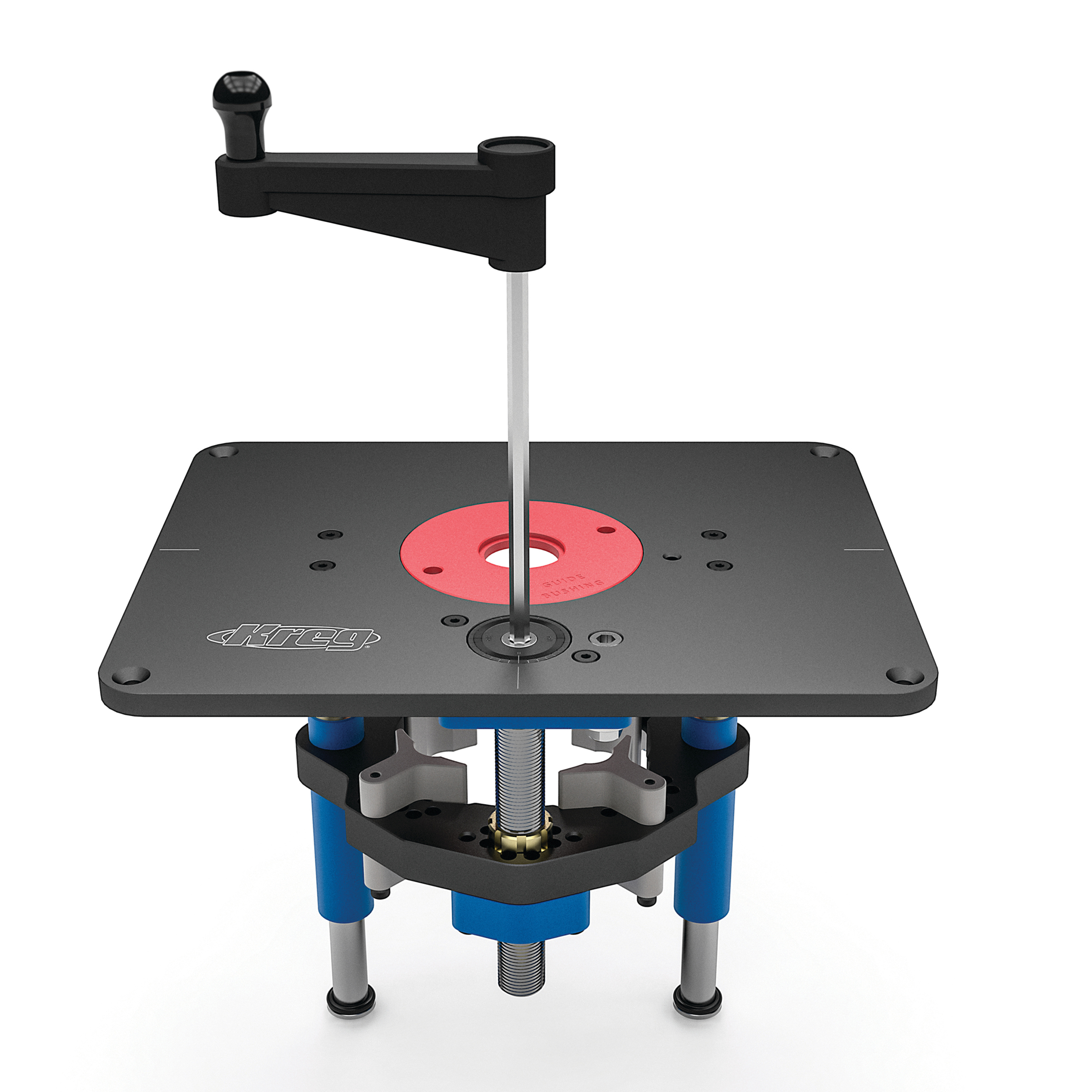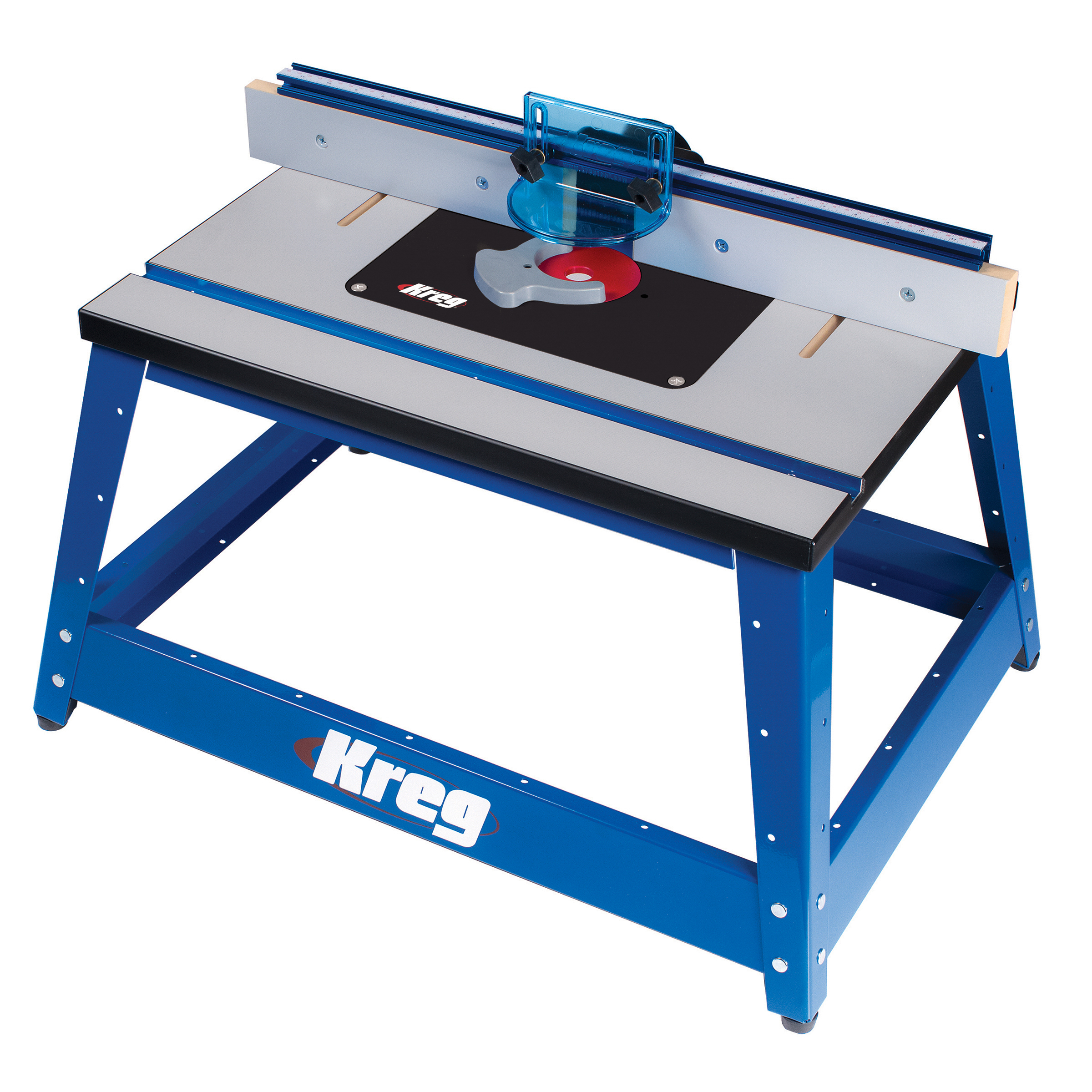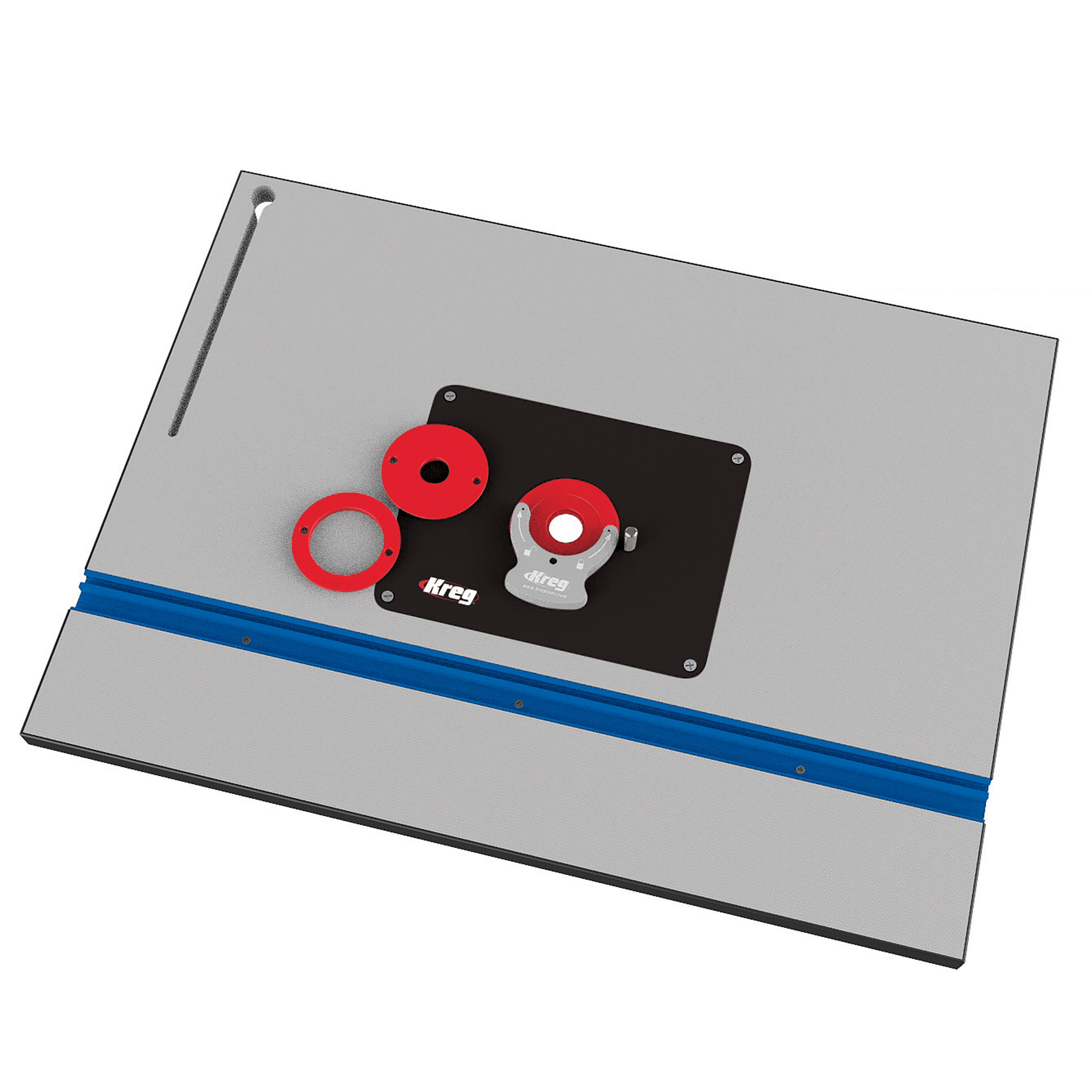In the vast world of woodworking, where precision and detail are paramount, the router bit emerges as a true artisan’s ally. These small yet mighty tools play a crucial role in the hands of craftspeople. These bits go beyond being mere accessories; they are the architects of intricacy, the sculptors of precision, and the keys to unlocking a world of creative possibilities.
Understanding Router Bits
Before we venture into the diverse array of router bits, it’s essential to grasp the fundamentals.
What are the different types of router bits?
The two different router bit materials are carbide-tipped and high-speed steel (HSS).
Carbide-tipped bits, known for their durability and sharpness, are favored for heavy-duty tasks. On the other hand, HSS bits, while less durable, are often more budget-friendly. The anatomy of a router bit comprises a shank, body, and cutting edges. It is these cutting edges that define the shape and purpose of each router bit, allowing woodworkers to sculpt wood with precision and finesse.
Common Router Bit Shapes
Straight Bits
A mainstay of many woodworkers, straight bits feature a flat bottom and sharp edges, making them ideal for creating grooves, dadoes, and rabbets. From constructing joints to intricate designs, straight bits are versatile and reliable.


Chamfer Bits
Chamfer bits add a touch of sophistication by creating beveled edges. These bits are instrumental in enhancing the aesthetics of projects, from furniture to framing, leaving behind a signature touch of style.
Rabbeting Bits
Rabbeting bits excel at creating grooves, channels, and recesses. Their versatility makes them indispensable for joinery and various woodworking projects, allowing woodworkers to customize depth and width with precision while also providing a more mechanical connection than a typical butt joint.


Roundover Bits
Softening the edges of wood, roundover bits contribute not only to aesthetics but also to safety by eliminating sharp corners. From tabletops to chair arms, these bits are sought after for projects where a polished look is paramount and are great when creating flush decorative edges for table, drawer, cabinet edges, and small finish moldings.
Cove Bits
Cove bits, with their concave profile, inject a dose of artistic flair into woodworking. Ideal for creating elegant moldings and decorative edges, they have a transformative impact on the overall aesthetics of furniture and trim.
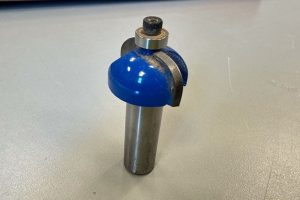

Roman Ogee Bits
Roman ogee bits offer a classic profile for creating decorative edges on furniture and enhancing cabinetry, as well as small moldings that can be applied to many projects as well as crown molding build-ups.
Specialized Router Bits
Raised Panel Bits:
In the realm of cabinetmaking, raised panel bits are used to add dimension and sophistication to the front of a panel and relieve the back edge to create a 1/4″ tongue to fit the groove in the door frame. They are also a good choice if you value a reliably accurate cut.
Dovetail Bits:
Dovetail bits are synonymous with joinery, particularly in creating dovetail joints renowned for their strength and durability. Craftsmen turn to these bits when crafting drawers and other furniture pieces that demand structural integrity.
Keyhole Bits:
The unique function of keyhole bits lies in creating slots for hanging objects. With practical and aesthetic applications, woodworkers frequently turn to keyhole bits for projects like wall-mounted shelves and photo frames.
Edge Forming Bits:
The diverse range of profiles offered by edge forming bits allows woodworkers to enhance the edges of their projects creatively. From simple beading to complex decorative edges, these bits open up a world of possibilities for creative detailing.
How do you determine the type of bit to use in a router?
To determine the type of router bit to use, consider factors such as the specific woodworking task, the desired cut or edge profile, the type of wood being used, and the overall project requirements.
Do router bits fit all routers?
Router bits do not fit all routers, as compatibility depends on factors such as the shank size (1/4″ or ½”), the type of collet the router accepts, and the maximum router bit diameter that the router can accommodate.
What type of router bit is used with most materials?
For most materials, a versatile straight bit is commonly used in routers because it can perform a variety of tasks such as grooving, dadoing, and edge profiling.
What size router bits are best?
The best size for router bits depends on the specific woodworking task and the router being used, but commonly, a mix of both ¼” and ½” shank sizes provides versatility for various applications.
What is the most common router bit type used?
The most common router bit type used is the versatile and fundamental straight bit, widely employed for a range of woodworking tasks including grooving, edge profiling, and dadoing.
What router bit to use to round edges?
To round edges in woodworking, a roundover bit is specifically designed to create smooth, curved edges for a polished finish.
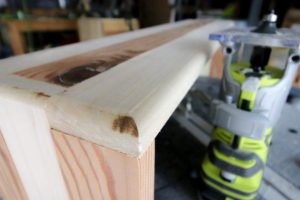
Choosing the Right Router Bit
Selecting the right router bit can seem confusing at first, as it involves careful consideration of various factors: the material being worked on, the specific requirements of the project, and the desired effects all play a role in this decision-making process. It’s good to experiment with different router bits so you can expand your skill set and discover unique results. Additionally, proper maintenance practices, including cleaning and sharpening, are essential to extending the lifespan of router bits and ensuring consistent performance.


